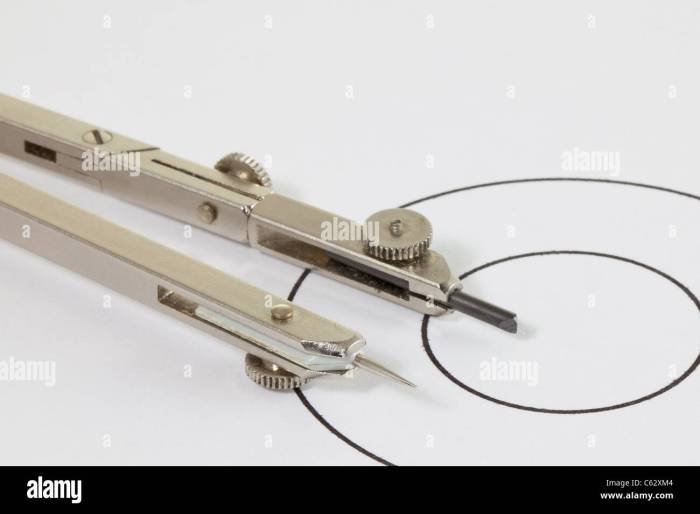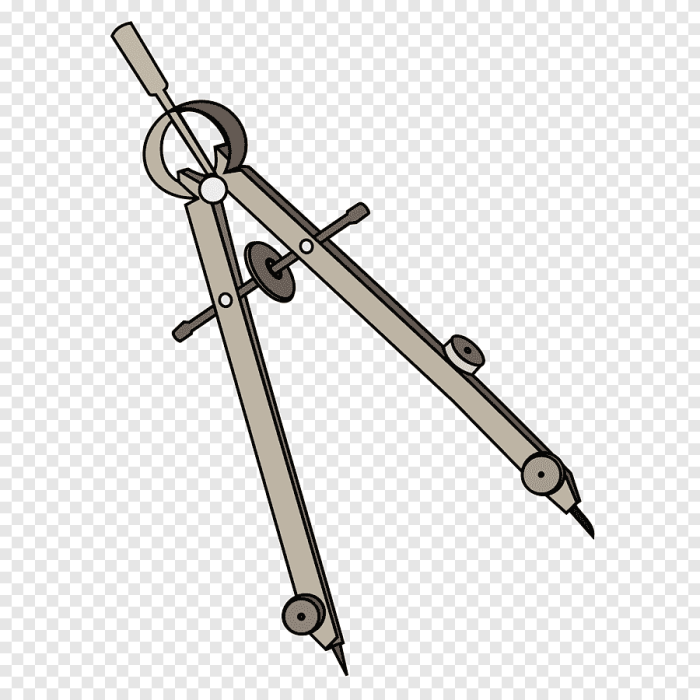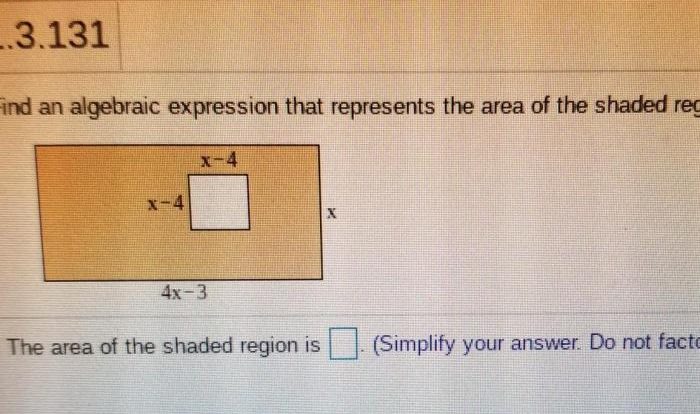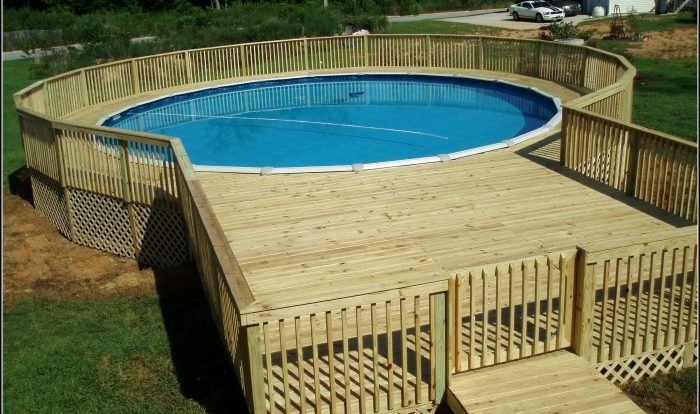Clare used a compass to make a circle, embarking on a journey that unveils the fascinating world of geometry and its practical applications. This narrative explores the tools, techniques, properties, and real-world uses of circles, inviting readers to discover the intricate beauty and versatility of this fundamental shape.
As Clare meticulously employs her compass, we delve into the intricacies of circle construction, unraveling the concepts of radius and diameter. Through visual aids and step-by-step explanations, we witness the transformation of simple lines into a perfect circle, a testament to the precision and elegance of geometric principles.
Clare Used a Compass to Make a Circle
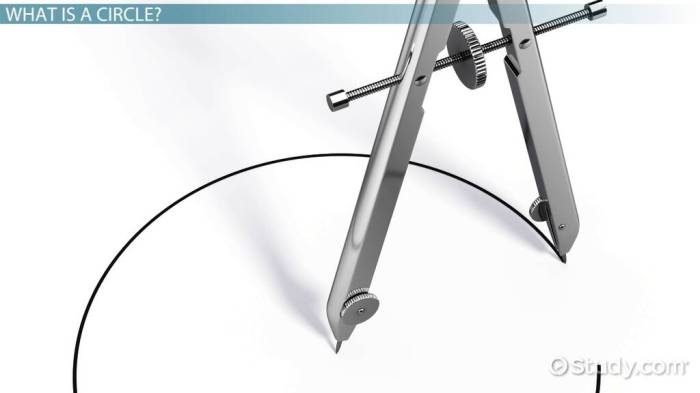
Clare, a budding artist, embarked on a geometric adventure to construct a circle using only a compass. With precision and dexterity, she navigated the tools and techniques to achieve a perfect circular form.
Tools and Materials
Clare’s toolkit consisted of a compass, a drawing surface, and a pencil. The compass, a fundamental instrument in geometry, comprises two metal legs joined at a pivot point. One leg is fixed with a sharp point, while the other is equipped with a pencil lead.
The compass enables precise circle construction by maintaining a constant distance between the pencil lead and the pivot point, ensuring a uniform radius throughout the circumference.
Compass Techniques, Clare used a compass to make a circle
To draw a circle, Clare followed a methodical process:
- She placed the compass point at the desired center of the circle.
- She adjusted the compass to the desired radius, ensuring that the pencil lead was extended to the appropriate distance.
- With a steady hand, she rotated the compass around the pivot point, keeping the pencil lead in contact with the drawing surface.
The result was a smooth, continuous line forming the circumference of the circle. The radius, defined as the distance from the center to any point on the circumference, determined the size of the circle.
Circle Properties
The circle constructed by Clare exhibited several geometric properties:
- Center:The point from which all radii originate.
- Circumference:The total length of the circle’s boundary, calculated as 2πr, where r is the radius.
- Area:The region enclosed by the circle, calculated as πr 2.
The compass construction ensures that the resulting figure meets the definition of a true circle, with all points equidistant from the center.
Applications of Compass-Drawn Circles
Compass-drawn circles find numerous applications in various fields:
- Architecture:Designing circular structures, arches, and domes.
- Engineering:Creating gears, bearings, and other mechanical components.
- Design:Developing logos, patterns, and decorative elements.
The precision and versatility of compass-drawn circles make them indispensable tools in these and many other disciplines.
Popular Questions
What is the significance of using a compass to make a circle?
Using a compass ensures precision and accuracy in creating a true circle, as it maintains a consistent radius from a fixed center point.
How does understanding circle properties benefit real-world applications?
Understanding circle properties, such as circumference and area, is crucial for accurate measurements, calculations, and design in various fields, including architecture, engineering, and manufacturing.
What are some practical applications of compass-drawn circles?
Compass-drawn circles find applications in architecture (e.g., arches, domes), engineering (e.g., gears, pulleys), design (e.g., logos, patterns), and even in navigation (e.g., compass rose).
